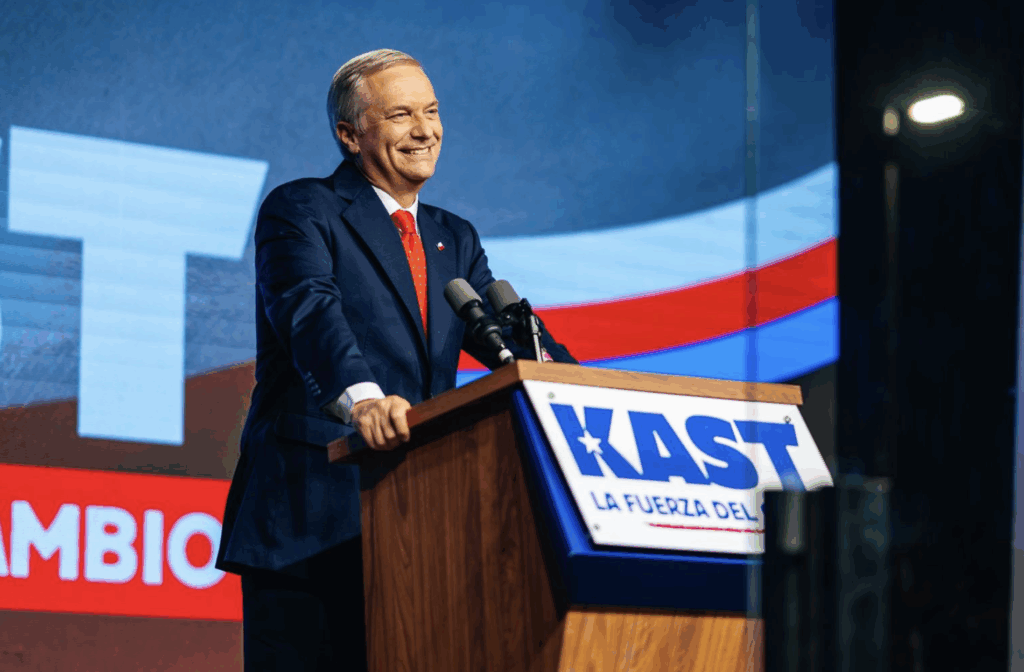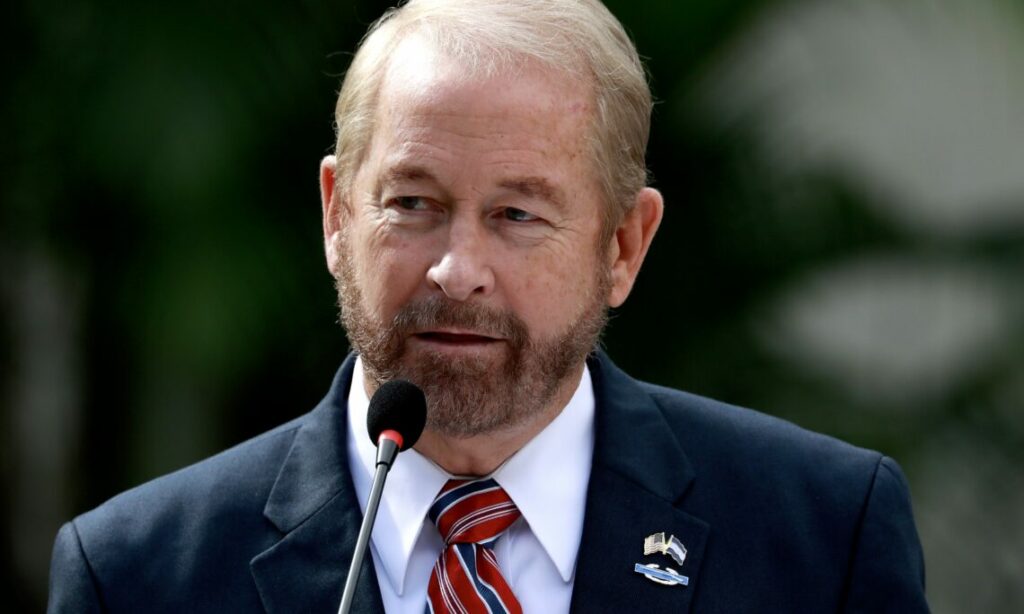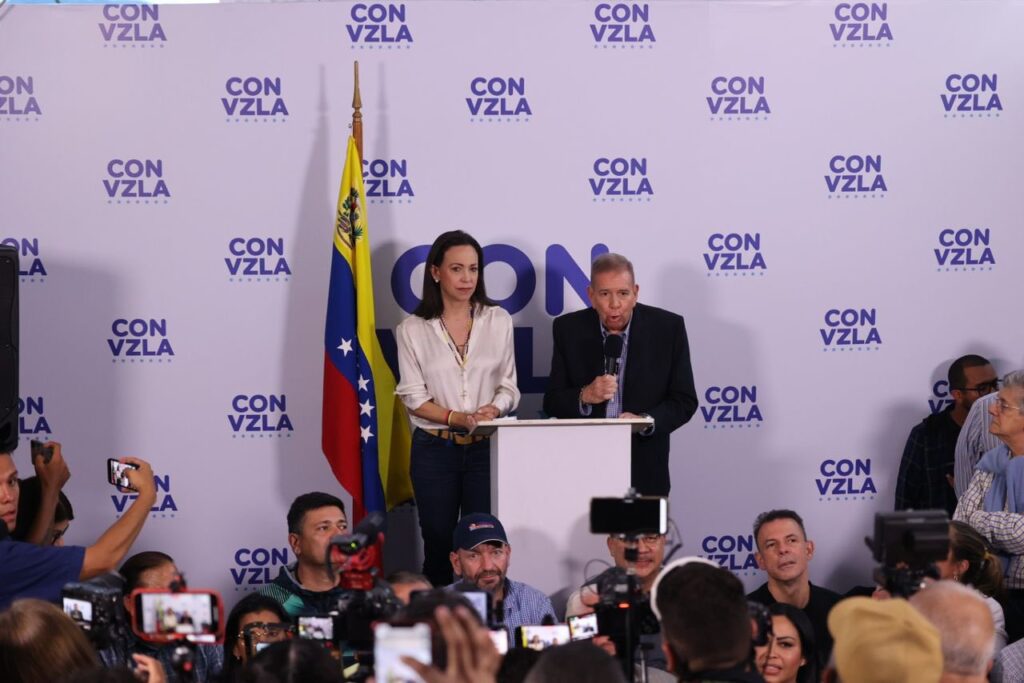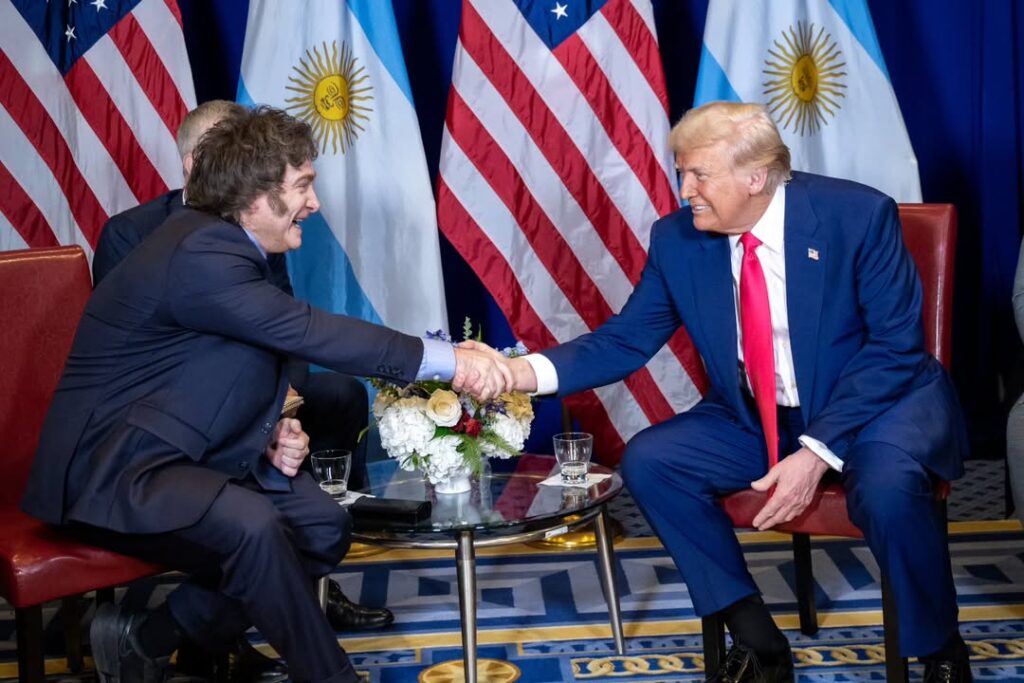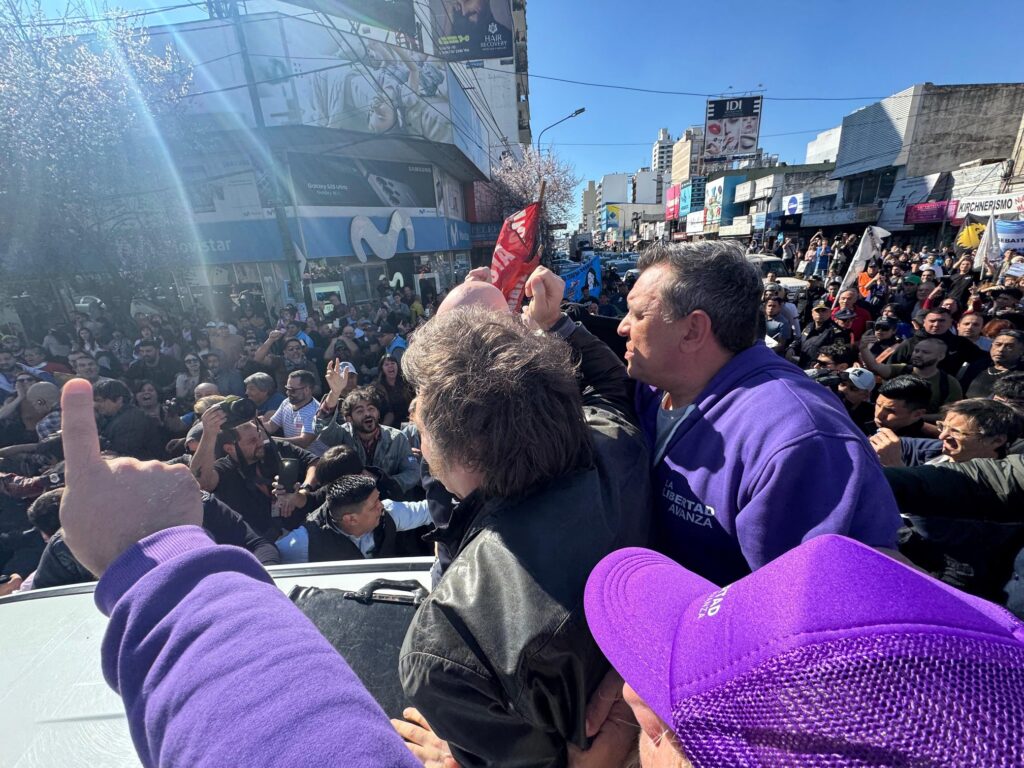The race for a coronavirus vaccine has heated up, as the United Kingdom announced this week it has authorized the use of the Pfizer vaccine, and will begin giving shots in a matter of days.
Pfizer, along with Moderna and AstraZeneca, have recently made news from positive Stage III test results for their vaccines. While some countries seem to be on track to roll out these vaccines soon, where does Latin America fit in the race for a coronavirus treatment?
The U.S. government said Wednesday that Chinese producers are expected to be the first to distribute a vaccine in Latin America. Chinese companies Sinovac Biotech and CanSino are two of the most likely candidates to have vaccines available in the region.
However, there will be healthy competition as the U.S.-based Pfizer announced recently it will begin to disperse its vaccine to Latin America as soon as it gets approval to do so in the U.S. That could mean that initial vaccinations in the region could start before the year’s end, as the U.S. is expected to have approval by mid-December.
A number of countries have already announced tentative rollout plans and have signed agreements with the major pharmaceutical companies developing the vaccines that are furthest along in their production.
Peru announced that Pfizer will send nearly 2 million doses to the Andean country in the first few months of 2021. Peru and other countries in the region, however, will face major hurdles in transporting the Pfizer vaccine while conserving it at the necessary temperature of minus-70 degrees Celsius.
In October, the Mexican government announced it had agreed with the World Health Organization (WHO) and multiple vaccine producers to receive nearly 200 million doses. The first of those, which includes the CanSino vaccine, could start coming in later this month.
And in September, Brazil signed an agreement of its own with the WHO’s COVAX Facility that it said would allow it to vaccinate 10 percent of the population over the next year. Brazil’s largest municipality, Sao Paulo, is set to receive 6 million doses of a Chinese vaccine this month and another 40 million in January, according to Governor João Doria.
Doria said he would start vaccinating people immediately in January, months ahead of the March start date that the Brazilian government has proposed for vaccinations to begin.
Colombia is set to purchase 10 million doses of Pfizer’s vaccine and, once ready, could start by giving it out to health workers, the elderly and those with a comorbidity.
Smaller economies in the region are also making sure that they’re included in vaccine distributions as soon as possible. In fact, Cuba already has two of its own vaccines going through clinical trials, which could become available to other Latin American countries soon if the vaccine is proven to be successful.
“Cuba’s contribution with its vaccine could be very important for certain vulnerable groups in our region,” said Jose Moya, the representative in Cuba for the Pan American Health Organization (PAHO), in an interview with Reuters.
Even tiny Costa Rica, a country of just more than 5 million people, acted quickly to partner with WHO on an initiative to make sure that vaccines, tests and other treatments are accessible to partner countries.
Countries in Latin America also have agreements for Russia’s Sputnik V vaccine and with UK’s AstraZeneca for doses.



